The need to chill vaccines reliably during their trip cross country has highlighted the value of LoRaWAN-enabled sensors and networking.
Chris Boorman, Laird Connectivity
Ordinarily, cold supply chain wouldn’t be a dinner table conversation. COVID-19 vaccines, of course, have changed the situation. Specialized refrigerated containers, refrigerated vehicles, and ultra-cold storage warehouses are the foundation for the last-mile delivery channels as long as the pandemic lasts.
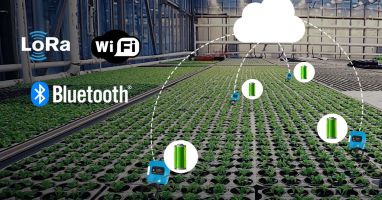 Cold supply chain technology historically has involved manual processes prone to human error and full of gaps in visibility throughout a product’s journey. Previously, employees would manually take temperature readings during the distribution process and jot them down – a process that has always been notoriously error-prone. And the readings also only represented snapshots of temperature at certain moments. Thus there were major time gaps where products could have experienced temperatures outside the required ranges.
Cold supply chain technology historically has involved manual processes prone to human error and full of gaps in visibility throughout a product’s journey. Previously, employees would manually take temperature readings during the distribution process and jot them down – a process that has always been notoriously error-prone. And the readings also only represented snapshots of temperature at certain moments. Thus there were major time gaps where products could have experienced temperatures outside the required ranges.
Today, wireless sensors are allowing continuous temperature and humidity monitoring that is far more accurate, efficient and effective than intermittent, manual processes. However, some wireless technologies commonly used with these sensors can have problems performing in harsh cold supply chain environments. Here, insulated metal walls, ultra-low temperatures, and other factors can hamper technologies like Bluetooth and Wi-Fi. But a type of Low–Power, Wide-Area Network (LPWAN) called LoRaWAN can handle those challenging environments and so has become preferred for use in the cold supply chain.
LoRaWAN is designed to optimize LPWANs for battery lifetime, capacity, range, and cost. LoRaWAN is often used in long-range applications because it can cover 10 miles or more on a single hop (the LoRa is for long range). That range can be quite valuable for some aspects of cold supply chain. But the biggest reason LoRaWAN is preferred for the cold supply chain is its ability to maintain connectivity in the facilities, vehicles and equipment that challenges other wireless protocols.
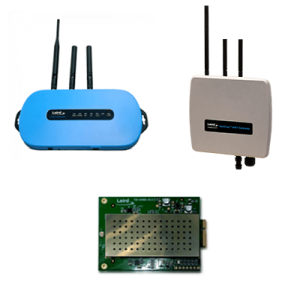
The LoRa physical layer translates data into RF signals that can be sent and received over the air using chirp spread spectrum communications. In a spread-spectrum system, signals are spread across a wide bandwidth. Consequently, narrow-band signals appearing in the wide transmission bandwidth generally don’t interfere with communication. Chirp spread spectrum techniques use wideband linear frequency modulated chirp pulses to encode information. Use of chirp modulation has the effect of increasing signal/noise ratios and reducing power requirements. The result is excellent signal propagation, penetration and resilience against interference in environments where other technologies struggle. As an example, LoRaWAN sensors can sit inside thick insulated fridges and produce signals that will make it through to gateways for delivery to the cloud.
LoRaWAN has several other advantages for cold supply chain uses. Its extraordinary energy efficiency gives years of battery life. It’s also highly scalable, highly interoperable, and compatible with both public and private networks for the data backhaul and bi-directional communications.
With a data rate ranging from 290 bps to 50k bps, throughput is a primary limitation with LoRaWAN IoT applications. Nevertheless, the protocol works extremely well for sensor networks that generate small packets of periodic or event-driven data beamed back to a central location. This type of data transfer characterizes cold chain supply distribution. So data throughput generally isn’t a concern.
Best practices
There are some important best practices and design considerations when it comes to selecting and applying temperature sensors in LoRaWAN schemes.
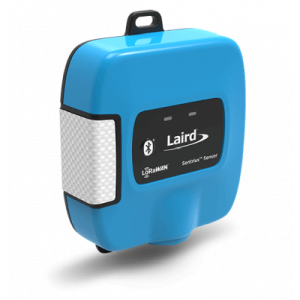
RTDs are more precise than other types of sensors – Three types of temperature sensors dominate cold supply chain projects: thermocouples, thermistors, and RTDs (resistive temperature detectors). RTDs are far more precise than thermocouples—their typical accuracy is 0.1°C compared to 1°C for most thermocouples. RTDs also typically contain a platinum, nickel, or copper resistance element that is stable and resists corrosion and oxidation. There are also cryo versions that measure temperatures down to -200°C.
RFD sensors change resistance when their metal sensing material changes temperature. That relationship between temperature and resistance is generally linear and repeatable. Thus an RTD can be accurate over time and over many heating/cooling cycles. Where accuracy is critical and temperatures are at extremes, RTD sensors deliver precision and reliability that other technologies cannot.
Remember that hot is as important as cold – Besides keeping things frozen, cold supply chain teams working on IoT projects often must focus on precise high-temperature management. Restaurants provide a perfect example: The same sensor systems that ensure that food stays cold or frozen often must be flexible enough to also ensure hot foods do not cool to unsafe temperatures. The same is true for industrial settings where sensors may be asked to both measure the temperatures of super-cooled gases and of machines that generate a lot of heat. For this reason, it is important for engineering teams to have a clear idea of the overall temperature ranges to ensure sensors are versatile enough for the job.
Decide early whether mobile controls will be important – Discussions about the user interface often happen late in an IoT planning process, after key decisions have been made about the technologies to be deployed. This approach can add complexity and delay because the engineering team must build cloud connectivity and mobile interfaces into the project plan. Efforts directed at both facilities can be arduous, slow and costly. Thus to prevent headaches on the back end, it is advisable to select sensors that operate on a platform having cloud connectivity and mobility baked in.
Sensors must be rugged in numerous ways – “Rugged” can mean different things. For some situations, it implies weather-proofing and resistance to the outdoor elements. For others, rugged can mean sturdy enough to survive vibrations that arise in industrial settings. For cold supply chain uses, rugged covers several factors. The outer casing must be tough because the chances of impact are high in bustling warehouses, restaurant kitchens, and so on. But the casing must also withstand constant cleaning; devices in food-related environments may get sprayed and wiped down repeatedly or see high-temperature sanitizing during CiP (Clean in Place) procedures. Rugged also means adaptable to dramatic temperature swings. A typical scenario involves food or other temperature-controlled products being moved into and out of cold storage and into much warmer staging areas or food prep areas.
LoRaWAN also has a robust ecosystem of companies able to support rapid, large-scale IoT deployments. There are an abundance of LoRaWAN network ecosystem partners and LoRaWAN Network Server (LNS) providers (e.g. ChirpStack, Senet, The Things Network) and application servers to support and accelerate implementations. In recent months LoRaWAN has also been embraced by Amazon Web Services (AWS) through its new AWS IoT Core for LoRaWAN platform. This service enables users to connect their LoRaWAN networks directly into AWS IoT Core via AWS-qualified LoRaWAN gateways.
Thus, the cold supply chain deserves attention not only because of its critical role in distributing COVID-19 vaccines but because modern life wouldn’t be possible without it. We now enjoy many foods year-round only because we can safely transport them using technologies such as LoRaWAN, making the phrase “It’s out of season” a thing of the past.

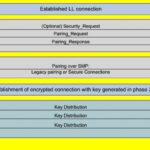

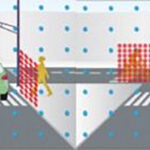
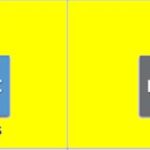
Leave a Reply